Is Pilates Enough to Build Muscle as You Age? Here’s the Truth
As we get older, building and maintaining muscle isn’t just about looking good — it’s essential for long-term health, independence, and resilience. That’s why many people turn to Pilates: it’s accessible, low-impact, and widely praised for improving posture, balance, and core strength.
But is it enough?
Let’s break it down.
What Pilates Does Well
There’s no denying that Pilates brings real value to the table — particularly for:
Core strength and control
Postural awareness
Spinal mobility
Joint stability
Injury prevention and recovery
Pilates is especially useful for those returning to exercise or recovering from injury, where motor control, breathing mechanics, and mobility need rebuilding. It’s also an excellent way to supplement a more intensive training plan.
But when it comes to preserving and building lean muscle mass — especially beyond your 40s — Pilates by itself falls short.
Why Pilates Alone Isn’t Enough for Muscle Growth
To build muscle, your body needs a stimulus it’s not already used to. That means:
Challenging loads
Progressive overload
Mechanical tension on larger muscle groups
While Pilates can be tough — especially on the core and stabilisers — the majority of exercises rely on bodyweight or light spring resistance. For those aiming to grow or even just maintain skeletal muscle, especially in the lower body and upper limbs, this simply doesn’t provide sufficient load over time.
It’s also worth noting that age-related muscle loss (sarcopenia) begins in our 30s and accelerates with each passing decade. Without targeted resistance training, this loss becomes inevitable — and Pilates won’t stop it alone.
What Does Build Muscle?
If your goal is to age well — with strength, power, and the ability to do what you love — you need:
External resistance (dumbbells, kettlebells, barbells, machines)
Progressive overload (gradual increases in resistance or volume)
Full-body compound movements (squats, deadlifts, presses, rows)
A structured plan tailored to your experience, limitations, and goals
This doesn’t mean throwing yourself into Olympic lifting or powerlifting. But it does mean lifting something — consistently and progressively.
The Ideal Combo: Pilates + Strength Training
Here’s the good news: you don’t have to choose between them.
In fact, combining Pilates and strength training creates a powerful synergy:
Strength training builds and preserves lean muscle, improves bone density, and supports metabolic health.
Pilates enhances mobility, core control, recovery, and body awareness — helping you lift better and move more efficiently.
Weekly Example:
3–4x/week Strength Training: Focused sessions targeting larger muscle groups
2–3x/week Pilates: Complementary sessions that prioritise movement quality, mobility, and spinal health
This combination is particularly effective for older adults or those returning to training after injury or a long break. It balances intensity with control, and power with precision.
Final Thoughts
Pilates is a brilliant tool — but it’s just that: a tool. On its own, it’s not enough to preserve or build the kind of strength that keeps you resilient, mobile, and active well into later life.
If you’re serious about longevity, independence, and performance — no matter your age — lifting must be part of the equation.
Want to future-proof your body?
At Poseidon Performance, we specialise in personalised strength and rehabilitation coaching for adults 50+, combining Pilates and resistance training in a results-driven approach tailored to you.
Explore our small-group and 1:1 services today — and take the first step toward becoming stronger than yesterday.
